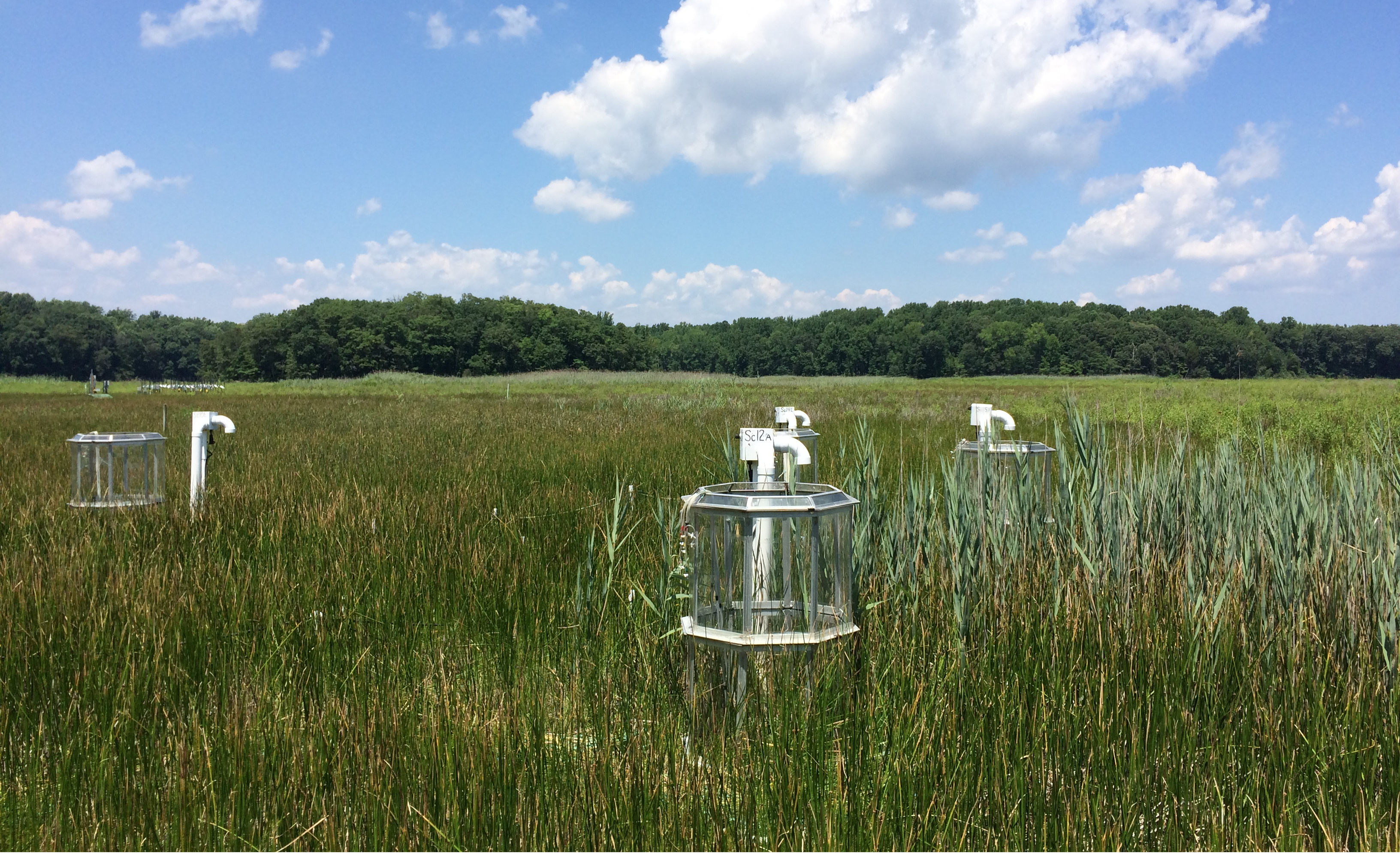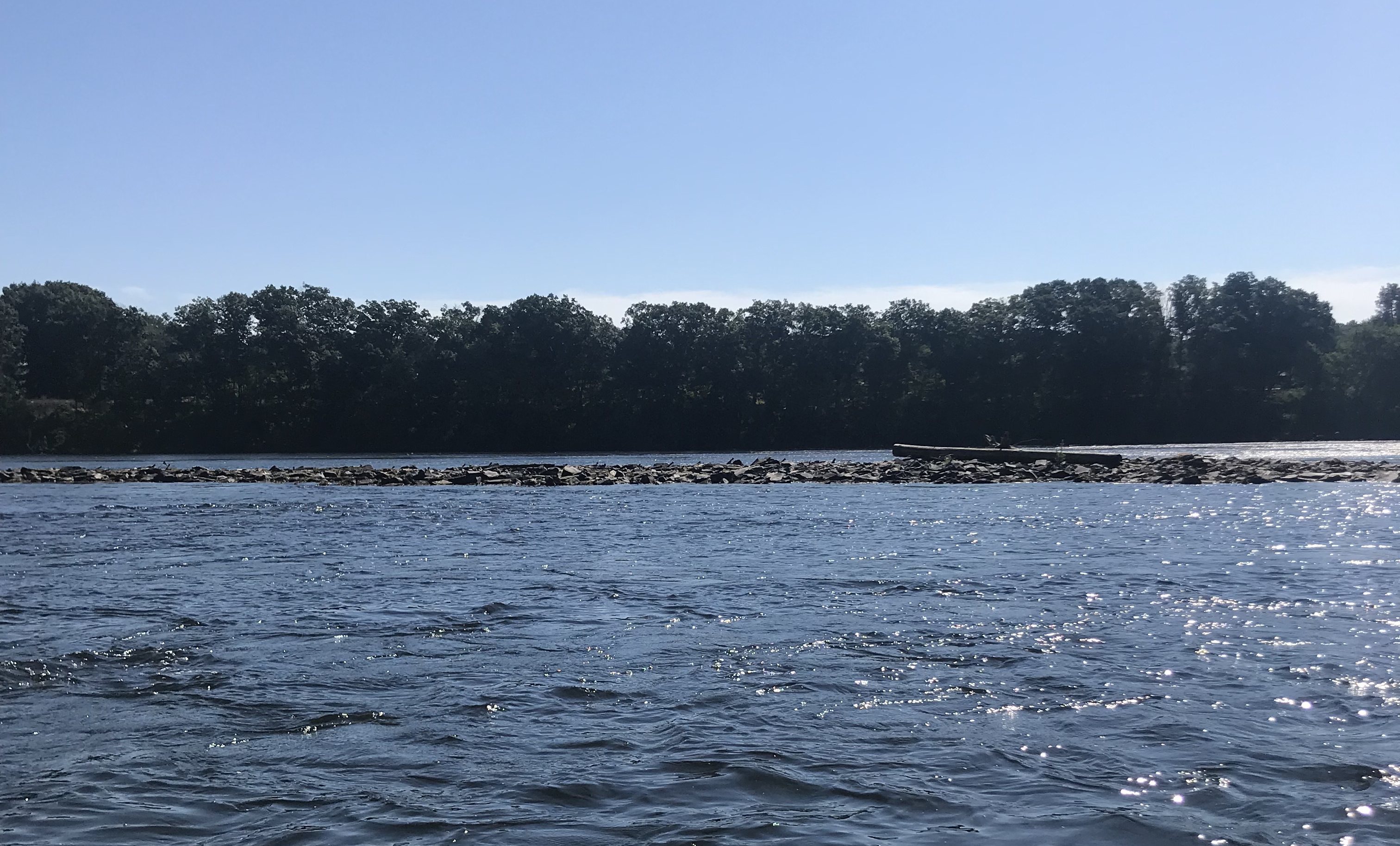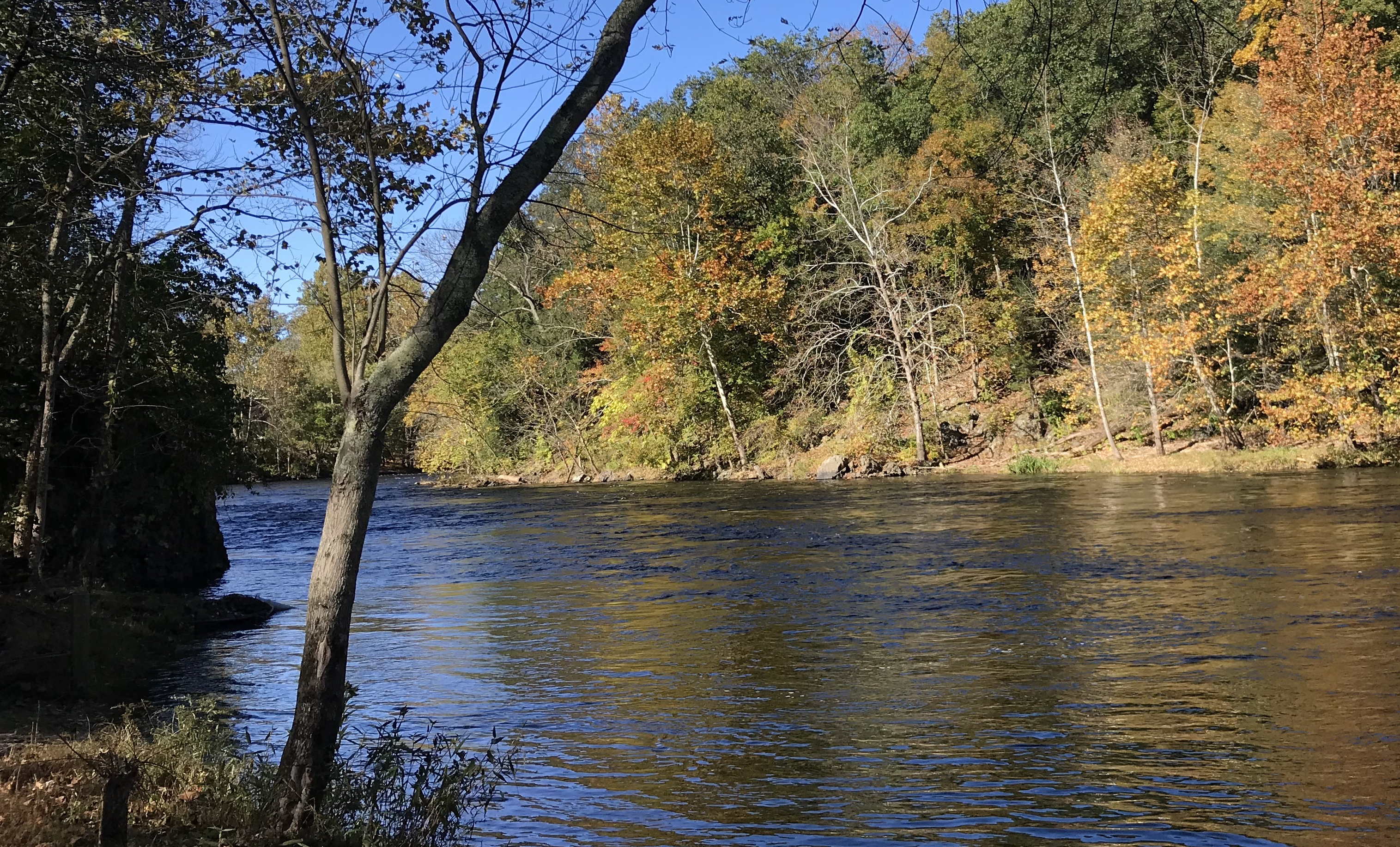Photochemical and Microbial Degradation of Chromophoric Dissolved Organic Matter Exported from Tidal Marshes
Logozzo, L., Tzortziou, M., Neale, P., Clark, B.
March 2021 · Journal of Geophysical Research: Biogeosciences

Wetlands export chromophoric dissolved organic matter (CDOM) to estuaries, where CDOM is removed and transformed through biotic and abiotic process, subsequently impacting nutrient cycling, light availability, ecosystem metabolism, and phytoplankton activity. We examined the bioavailability and photoreactivity of CDOM exported from four Chesapeake Bay tidal marshes across three seasons and along an estuarine salinity gradient using three incubation treatments: 14‐day microbial (MD), 7‐day combined photochemical/microbial (PB+MD), and 7‐day microbial incubation after photobleaching (MD after PB). CDOM absorption at 300 nm (aCDOM300) and dissolved organic carbon (DOC) concentrations showed strong seasonality, with minima in winter, but CDOM quality (absorption spectral slopes, fluorescence component ratios) was less variable seasonally. PB+MD over 7 days decreased aCDOM300 (–56.0%), humic‐like fluorescence (–67.6%), and DOC (–17.8%), but increased the spectral slope ratio SR (=S275‐295/S300‐350) (+94.8%), suggesting a decrease in CDOM molecular weight. Photochemistry dominated the PB+MD treatment. Photoreactivity was greater during the winter and in marsh/watershed versus down‐estuary sites, likely due to less previous light exposure. Prior photobleaching increased the bioavailability of marsh‐exported CDOM, resulting in a greater loss of aCDOM300 and DOC, and a greater increase in humic‐like fluorescence (–6.0%, –5.9%, and +18.4% change, respectively, over 7‐day MD after PB incubations, versus –2.8%, –5.5%, and +2.6% change, respectively, over 14‐day MD incubations). CDOM exported from a marsh downstream of a major wastewater treatment plant showed the greatest photoreactivity and bioavailability. This highlights the significance of human activity on estuarine CDOM quality and biogeochemical cycles.




